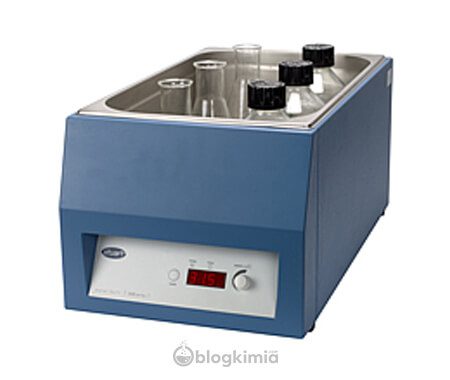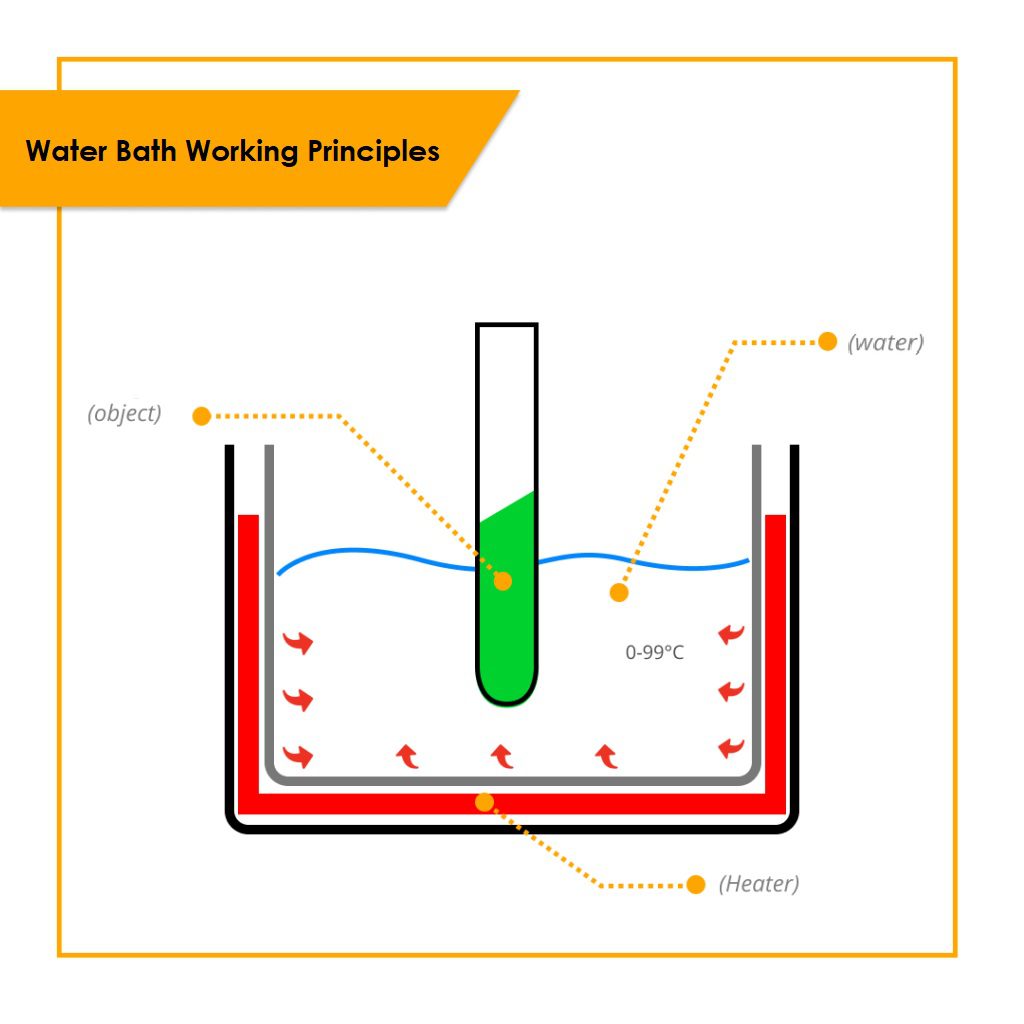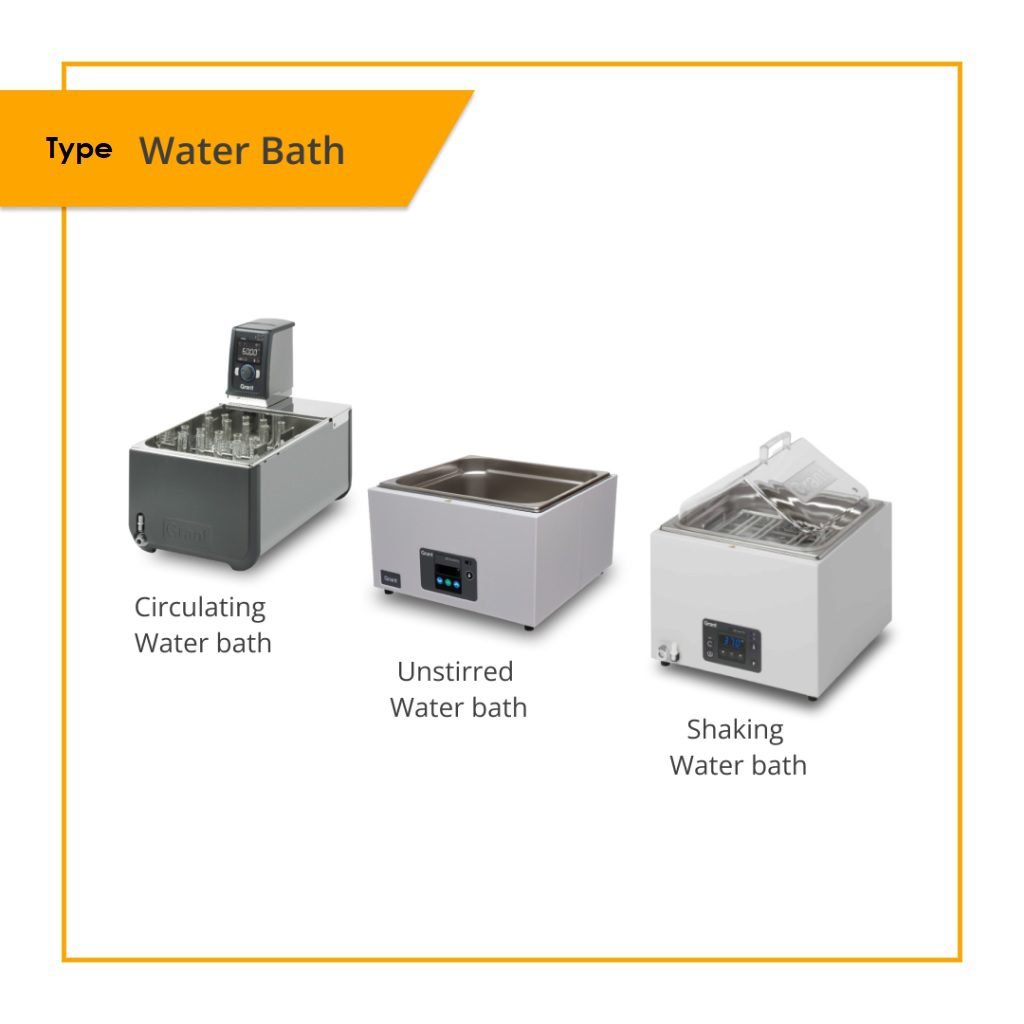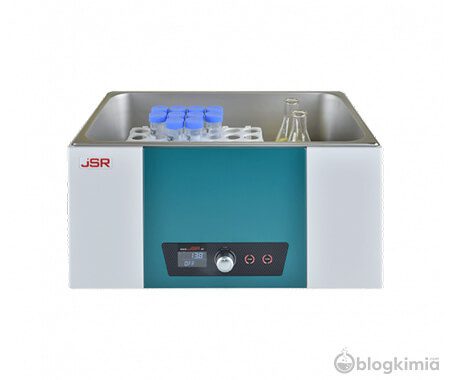Water Bath is one of the laboratory equipment that is included in the classification of laboratory instrumentation. The use of water baths in laboratories is quite massive, especially in pharmaceutical and microbiology laboratories.
In this article, we will get to know the water bath in full, starting from its understanding, how it works and how to use it. Let’s see the following review!
What is a Laboratory Water Bath?

A water bath is a laboratory equipment that resembles a container and is used in the process of heating a sample solution by immersing it in this tool. By using this tool, the solution temperature can be maintained constant at certain intervals.
Usually water baths are equipped with digital and analog interfaces that make it easy for users to operate them. The water bath is also equipped with a shaker which is useful for homogenizing the test solution.
Water Bath Function
After reading the definition of a water bath above, we can draw conclusions that describe the function of this tool. The function of the water bath is to keep the test sample in a constant temperature state, between 30-100º celsius.
We often find the use of water baths in chemistry, microbiology and pharmacy laboratories. The function of the water bath in analytical chemistry is usually found in the synthesis of compounds, isolation and purification of organic compounds. Meanwhile, the function of the water bath in microbiology is usually found in the incubation of culture cells and the melting of the substrate.
The function of the water bath is to warm objects with the help of hot water or steam.
This water bath is generally used to warm or heat some laboratory objects such as:
- Reagents
- Laboratory chemical reactions
- Evaporating the solvent
Water bath is a tool that cannot work alone, but requires other supporting tools. Usually tests using a water bath will involve a centrifuge , an incubator , a micropipette and a laboratory oven .
How Water Baths Work

Water bath is a device used to heat certain objects by using water medium.
So that indirect heating using fire which may under certain conditions can be dangerous for the sample being tested.
The working principle of a water bath is actually quite simple, namely by increasing the temperature of the water through a heating plate around the water reservoir.
By using water, as a result, heating can be more stable, and evenly distributed over the entire surface of the object being heated.
The way it works is also not too difficult, you just need to set the desired temperature, then the alarm will sound after the temperature is reached, and you can directly insert the object to be heated.
The object to be heated or warmed must of course be in a container that can withstand hot water or hot steam such as:
- Laboratory glass
- ceramic
- Porcelain
- etc
The working temperature that is generally used is 0-99°C or some reach the boiling point of water, which is 100°C.
In certain types, some can even exceed the boiling point of water, reaching temperatures of 150°C to 200°C
Type of Water baths
Water baths have several types or variants that are used for more than just warming the sample.
Some of the commonly known types are:
- Shaking water bath
- Circulating water bath
- Non-circulating water bath

Everything is different, depending on the intended use.
1. Shaking water bath
In certain reactions, in addition to requiring stable heating using water, the sample requires kinetic actions such as shaking or stirring.
More than just warming, the presence of a shaker installed in the water container can help shake or homogenize the sample while it is heated.
2. Circulating water bath
This model is different from the shaker, if the shaker that moves is the sample, while the circulating that moves is the water.
The water in the water bath is driven by a pump which eventually makes the water in it move or circulate.
The advantages of this model compared to conventional ones are:
- More even heating
- The temperature in the water is more stable
- Wider temperature range
This type of water bath tends to be widely used in microbiology laboratories and clinics.
3. Unstirred Water Bath
This model is a fairly old one, namely by conventional heating standards.
The weakness of this type of water bath is the uneven temperature distribution, which is different from the circulating type.
However, for general use this model is sufficient for everyday use in the laboratory.
Conclusion
Water bath is a tool used to warm or heat samples through water media at a temperature of 0-99°C.
Its function is to warm some objects such as:
- Reagents
- Chemical reaction
- Evaporating the solvent
- dsb
Several types of water baths are available in the market, namely; shaking, circulating, and un-stirred water bath.

